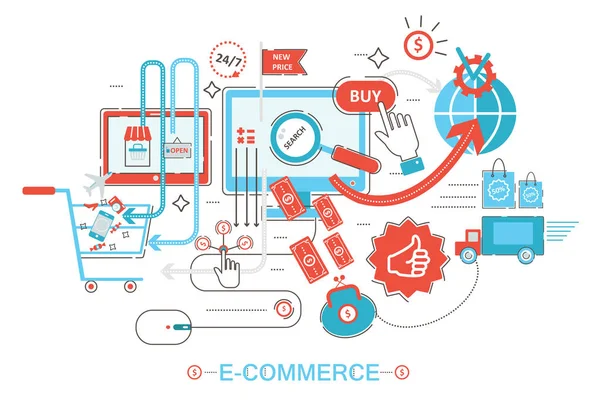
To help you make an informed decision, let’s compare Amazon and Shopify across several key factors:
1. Ease of Setup
Amazon: Setting up a seller account on Amazon is relatively straightforward, but you’ll need to navigate through Amazon’s policies and listing requirements.
Shopify: Shopify offers a more customizable setup with its drag-and-drop store builder, but it requires more initial work to create and launch your store.
2. Cost and Fees
Amazon: Costs include selling fees, referral fees, and, if applicable, FBA fees. While there’s no monthly subscription fee, the fees can add up and affect your profit margins.
Shopify: Shopify charges a monthly fee plus transaction fees. While the monthly cost is fixed, you may also incur costs for additional apps and marketing.
3. Control and Customization
Amazon: You have limited control over your branding and store design. Amazon controls the overall shopping experience, and your ability to customize is restricted.
Shopify: Offers full control over your store’s design, layout, and branding. You can create a unique shopping experience tailored to your brand.
4. Traffic and Sales
Amazon: Benefits from Amazon’s massive customer base and high traffic. However, you’ll face significant competition and need to optimize your listings to stand out.
Shopify: Requires you to drive your own traffic through marketing and SEO efforts. Building an audience from scratch can be challenging but offers the potential for a highly targeted customer base.
5. Customer Service and Fulfillment
Amazon: Handles customer service and fulfillment if you use FBA. If dropshipping directly, you’re responsible for customer service and handling returns.
Shopify: You’re responsible for customer service and fulfillment. However, you can use third-party fulfillment services and apps to help manage these aspects.
Which One is Right for You?
Choosing between Amazon and Shopify dropshipping depends on your business goals, preferences, and resources. Here’s a quick guide to help you decide:
Choose Amazon If:
– You want to leverage a large, built-in customer base and don’t mind adhering to strict policies.
– You prefer a platform that handles fulfillment and customer service, such as with FBA.
– You’re prepared to compete in a crowded marketplace and optimize your listings for visibility.
Choose Shopify If:
– You want complete control over your store’s design, branding, and customer experience.
– You’re willing to invest in marketing and SEO to drive traffic to your store.
– You prefer a customizable platform with various integrations and tools to support your business.
Both Amazon and Shopify offer valuable opportunities for dropshipping, each with its own set of advantages and challenges. Amazon provides access to a vast customer base and a well-established platform, while Shopify offers flexibility, customization, and control over your brand. By evaluating your goals, resources, and preferences, you can choose the platform that best aligns with your vision for a successful dropshipping business.





